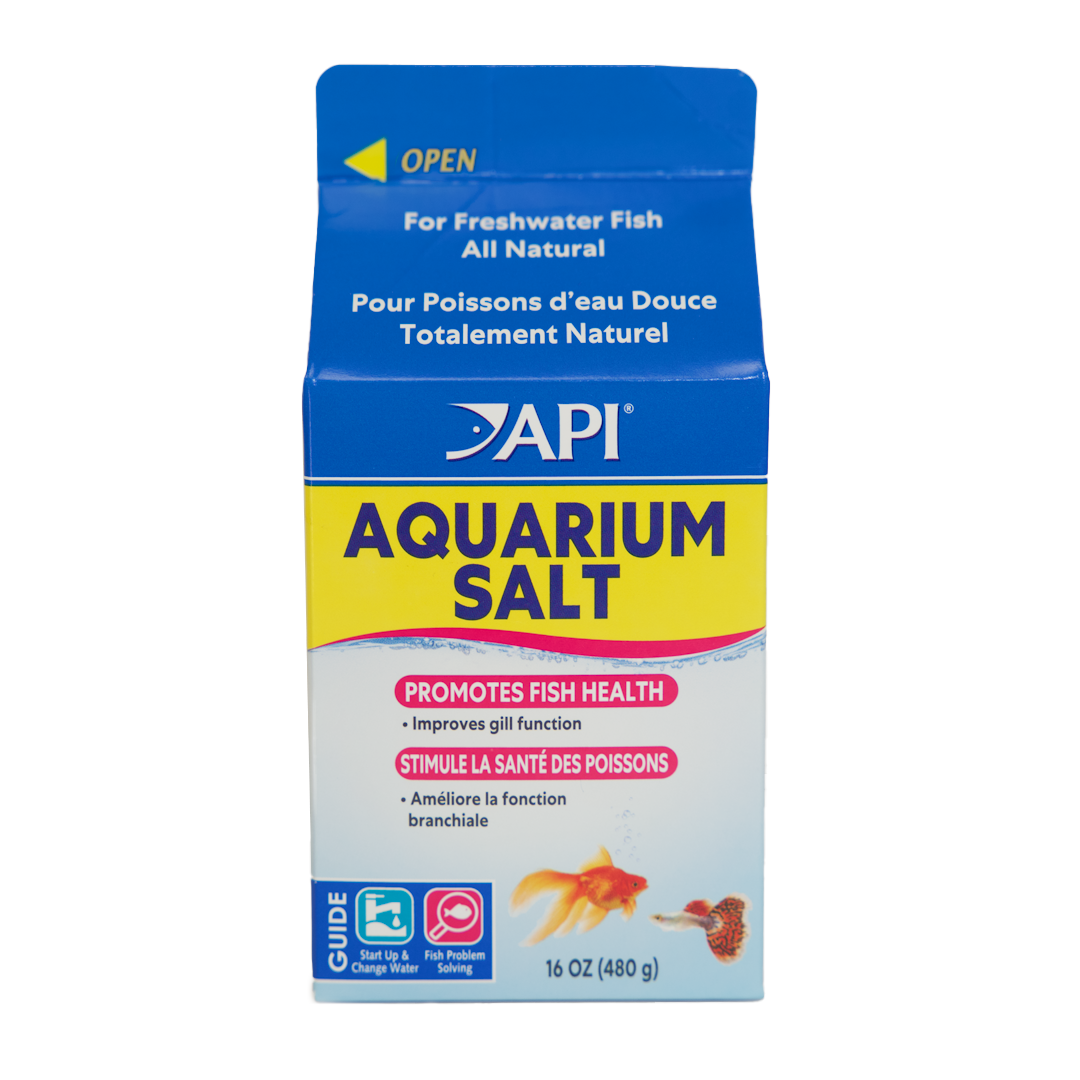

Shrimp by themselves are, frankly, boring. Not all that appealing. The best way to fix that is through salt dips. Salt dipping your fresh shrimp is a great way to spice up your meal and bring in that umami flavor. I personally love adding some salted shrimp on the rim of my glass of milk, my chardonnay – they really pair great with any--
Ah, sorry. Wrong website. Ahem, where were we…
Shrimp, like just about any animal, can get unwanted or harmful microorganisms living on their bodies, potentially leading to an unsightly appearance, infections, or parasitism. This is quite common for imported Neocaridina shrimp especially, since they are often raised in large, overpopulated, and unhealthy pools before being shipped to sellers who may or may not quarantine their shrimp before selling them to you.
Salt dips are an important tool in a shrimp keeper’s arsenal. This type of treatment is actually recommended in research papers to take care of unwanted microorganisms like Scutariella japonica, Monodiscus kumaki, and Vorticella spp. (small white hair-like things), Holtodrilus truncatus (larger worms), Saprolegnia spp. (white mold in swimmerets), Cladogonium spp. (green fungus), or rust disease.
Salt dips work because, while our dwarf shrimp are not fans of salt water, they have a higher tolerance for salt than smaller organisms like bacteria or worms living on their shell. These smaller organisms have a much larger surface area compared to their size, which leads them to absorb salt into their body faster than a larger animal like a shrimp. As a result, salt dips are much more stressful for smaller organisms and an excellent way to remove unwanted organisms from shrimp. It is also a cheap and easy option compared to purchasing, dosing, then removing medication from your tank.
This article covers the salt dip procedure so you can be prepared if/when you find unwanted microorganisms on your shrimp. If you get nothing else out of this article, please know that salt dips are done outside of the tank. Salt should never be added directly to a freshwater shrimp tank.

You and your shrimp deserve the best and Shrimply ExplainedTM is here to provide that. This lesson is part of our Shrimp Basics (SB) Series, which covers important information needed to raise healthy and happy shrimp. Check out SB101: Are Shrimp Right for You? if you want to start from the beginning.
Please reach out to us via social media or email for any help with your tank, feedback on our content, or just to talk about shrimp!
Sincerely,
Rick and Shrimply

Shrimply Explained™ is a participant in the Amazon Services LLC Associates Program, an affiliate advertising program designed to provide a means for sites to earn advertising fees by advertising and linking to Amazon.com.
It's important to know when salt dips are appropriate. For example, if you have a shrimp with white hairs around its head or mouth, then those hairs are either Scutariella japonica, Monodiscus kumaki, or Vorticella. All these organisms live on your shrimp but have not been found to be harmful unless they overpopulate and clog your shrimp’s gills.
Hearing that, you might think you need to salt dip every shrimp with a little white hair on its head to protect them, but that’s not the case. While we humans have an aversion to things visibly living on us, these organisms – known as epibionts – are not always harmful and may, in fact, be helping your shrimp by cleaning their gills. These epibionts only overpopulate when water quality is poor enough that a lot of debris (food) ends up in your shrimp’s gills. In that situation, your biggest problem is fixing your water because every shrimp is at risk, even if they don’t have epibionts on them. Once you do that, your epibiont problem goes away on its own. Here’s an article explaining what water quality is and how to improve it.
If you find a lot of those little white hairs on any single shrimp, then salt dipping that individual may be a good idea in addition to trying to solve your tank issue. That’s what salt dips are best for – they treat individual shrimp for various infections/epibionts but salt dips may not treat the root cause of the issue, which is typically unhealthy water affecting all of your shrimp. That depends on the problem you’re trying to treat so always do your research to learn more about the specific disease/symptoms you’re seeing before settling on a treatment.
Without further ado, here’s the procedure to treat shrimp with salt dips.

To reiterate, salt dips can remove infections and unwanted organisms from shrimp but they only treat individuals. They may not solve tank-wide issues. Please do your research on specific symptoms to understand the best means of treating your shrimp. In many cases, pairing salt dips with tank-wide hydrogen peroxide dosing – or even only hydrogen peroxide dosing – is a great way to solve issues like Scutariella/Monodiscus/Vorticella, rust disease, hydra infestations, and fungal infections. The only “disease” that requires specific medication is a planaria infestation and, in rare cases, very persistent bacterial infections. Regardless, the best way to prevent issues in your shrimp tank is to set it up properly and maintain a healthy tank. The key to doing so is having a strong understanding of parameters, cycling, and maturing your tank, all of which are covered in other articles of The Shrimp School from Shrimply Explained. We also have other useful content on our blog!
And, if you are trying to take care of a sick shrimp right now, good luck - don't give up hope! You may also find the next lesson (SB 109.2: Treating Shrimp With Hydrogen Peroxide) helpful with whatever you're fighting.
Rick and Shrimply